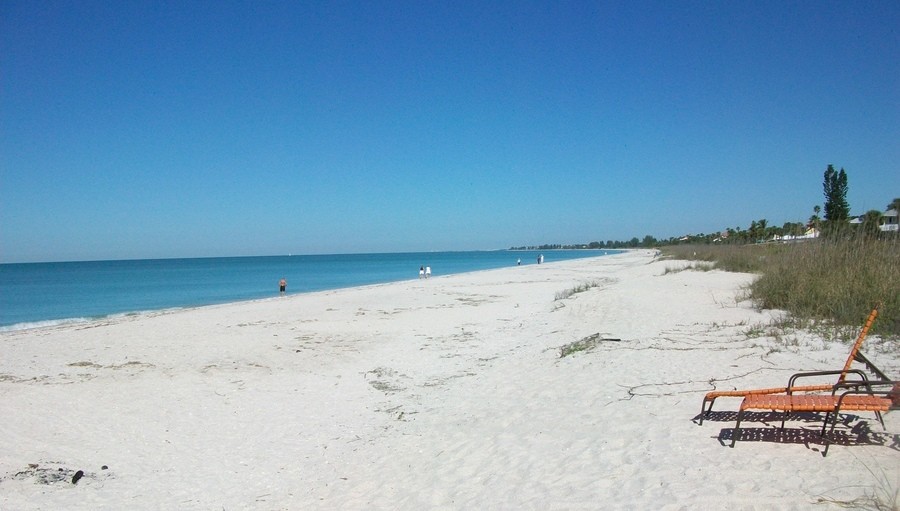North Port-Sarasota-Bradenton Workforce Is 8th Most Impacted During Coronavirus Pandemic
Coconut Telegraph
SRQ DAILY WEDNESDAY PHILANTHROPY EDITION
WEDNESDAY APR 22, 2020 |
Pictured: The share of employment in in retail, leisure and hospitality in the nation.
The coronavirus pandemic has led to an unprecedented economic shutdown as thousands of “nonessential” businesses have closed their doors. The crisis disproportionately affects the 21.3% of American workers in retail, leisure, and hospitality who not only face lack of work, but also suffer from long-standing, below-average wages. According to the latest annual data from the Bureau of Labor Statistics, the average hourly wage for workers in the retail trade and leisure and hospitality sectors was just $19.70 and $16.55 in 2019, compared to $28 per hour across all workers.
Overall, the share of workers in retail, leisure, and hospitality increased steadily from 1970 to 2016 when it peaked at 21.8%. This trend was largely driven by an increasing share of employment in restaurants and bars, while employment in retail stagnated. Even though the last few years have seen a modest decline in the share of workers in these two sectors overall, more than one-fifth of all U.S. workers were employed in either retail trade or leisure and hospitality in 2019, totalling over 32 million workers.
The share of employment in these industries varies widely across cities and states based on local economic conditions and levels of tourism. Nevada and Hawaii lead the nation in the share of employment in retail, leisure, and hospitality at 35.5% and 30.1%, respectively. At the low end, Kansas and Minnesota both have about 19% of their workforce employed in these sectors.
To find the locations with the workforces most impacted by COVID-19, researchers at Volusion used data from the Bureau of Labor Statistics, the Bureau of Economic Analysis, and the U.S. Census Bureau. The researchers ranked metro areas according to the share of workers employed in the retail trade and leisure and hospitality industries. Researchers also looked at the total number of retail trade workers, the total number of leisure and hospitality workers, the cost of living, and the percent of residents below the poverty level.
To improve relevance, only metropolitan areas with at least 100,000 people were included in the analysis. Additionally, metro areas were grouped into cohorts based on population size. Small metros have 100,000 to 349,000 residents; midsize metros have 350,000 to 999,999 residents; and large metros have at least 1,000,000 residents.
This analysis found that 28.8% of the North Port-Sarasota-Bradenton metro area's workforce operates in the retail trade and leisure and hospitality industries. The North Port-Sarasota-Bradenton, FL metropolitan area’s workforce is the 8th most impacted during the coronavirus pandemic among all midsize U.S. metros. Here is the summary of the data for the North Port-Sarasota-Bradenton, FL metro:
- Share of employment in retail, leisure and hospitality: 28.8%
- Total retail workers: 44,600
- Total leisure and hospitality workers: 45,700
- Cost of living: 0.1% below average
- Percent below the poverty level: 10.2%
For reference, here are the statistics for the entire United States:
- Share of employment in retail, leisure and hospitality: 21.3%
- Total retail workers: 15,786,300
- Total leisure and hospitality workers: 16,295,000
- Cost of living: N/A
- Percent below the poverty level: 13.1%
Pictured: The share of employment in in retail, leisure and hospitality in the nation.
Click to see the original report, a detailed methodology and complete results for all metros.
« View The Wednesday Apr 22, 2020 SRQ Daily Edition
« Back To SRQ Daily Archive











